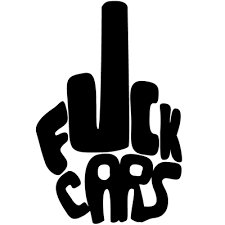Even if you think what you would say is obvious, please add. This is genuinely something I think makes sense regarding local bus routes given the longevity of light rail and how infrequently routes change, but I also suffer from confirmation bias, so I’m hoping for reasons this would be a terrible idea but obviously would prefer reasons it would be an even more amazing idea than I thought.


The big benefit of light rail is you can make trains longer than buses, and fit more people. So if your system has outgrown buses, then you should move to rail.
But transit systems should always be trying to maximize frequency, because the more frequently a train or bus comes, the more convenient it is for riders. So if a bus fits 30 people and a train fits 90 and you’re trying to make a decision between providing a bus service every 10 minutes or a train service every 30 minutes, the bus service is the better option.
Different modes work best for different passenger demands, and you should use the right one for the number of passengers you’ve got. Overbuilding is expensive, and if you spend too much building out a network and the don’t have enough for operating expenses then you’ve got to reduce service levels.
Most tram systems aim for 5 - 7.5 minute frequency on trunk lines during peak hours. Usually induced demand works here if it’s more convenient than sitting in a car. Busses quite often are a little unreliable when it comes to any kind of attempts to schedule even with dedicated lanes, since they spend more time at the stops loading and unloading passengers and you need more of them compared to trams. Then there’s an argument to be made about public mass transportation: It should provide a service that is good for the city and the people and in a well designed system subsidies aren’t going to waste even if you’re unable to measure any profit. Ridership and travel patterns matter the most. Not all rail is equal either. The available options are from cheap (which is not same as bad) to expensive: from tram systems on street level to “heavy” rail in tunnels. The tram is very versatile and often the most affordable way of providing reliable service when combined with busses on lines where the demand is really low. If you need a bus more often than once every ten minutes and/or they’re packed to the brim during rush hours you probably should think about ditching the fears of “overbuilding” and start planning for more capacity and frequency with a tram line. In your country this might be different but in most developed countries the drivers are not unsignificant expense and trams reduce the amount of drivers needed, they have lower power consumption compared to buses and are mostly more reliable than buses. Also the ridership usually prefer a tram if the option is provided and it’s not super slow (which is rare). Then again, if it’s built in the right place -> induced demand.
Bingo. Frequency is king.
My city doesn’t have great public transport. But I recently started taking a bus rapid transit line to work downtown from out in the suburbs. The best part about it is that it is every 10 minutes all day long. I do not need to plan my timing for my route except in a very general sense because I know a bus will be there. Huge advantage.
We also have limited light rail in our downtown area. It arrives every 20 minutes or so. Doesn’t seem like a lot more on paper but it’s a huge wait if you just miss it. It’s pretty annoying. Our might rail also happens to move a lot more slowly than busses which is counter intuitive to me.